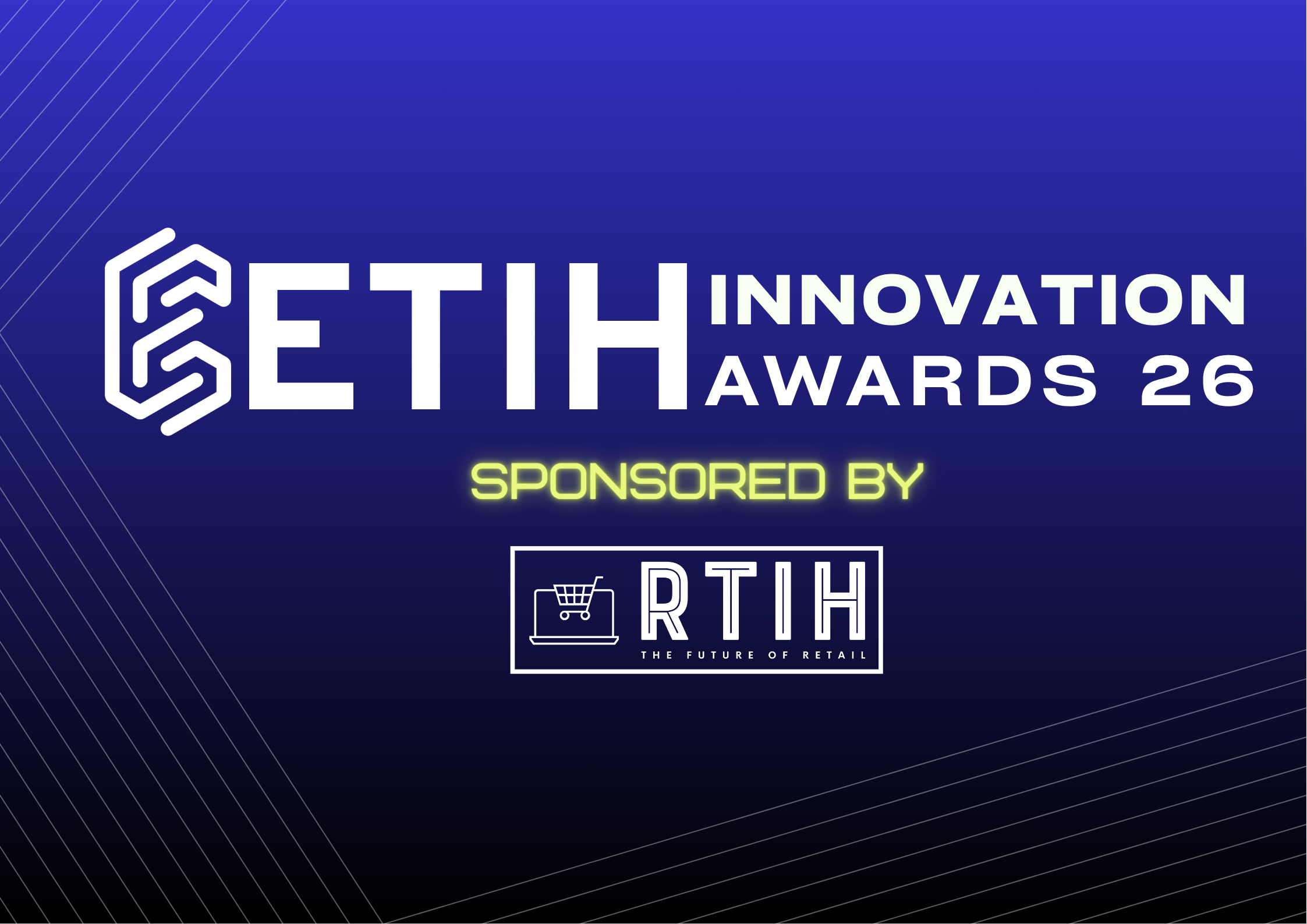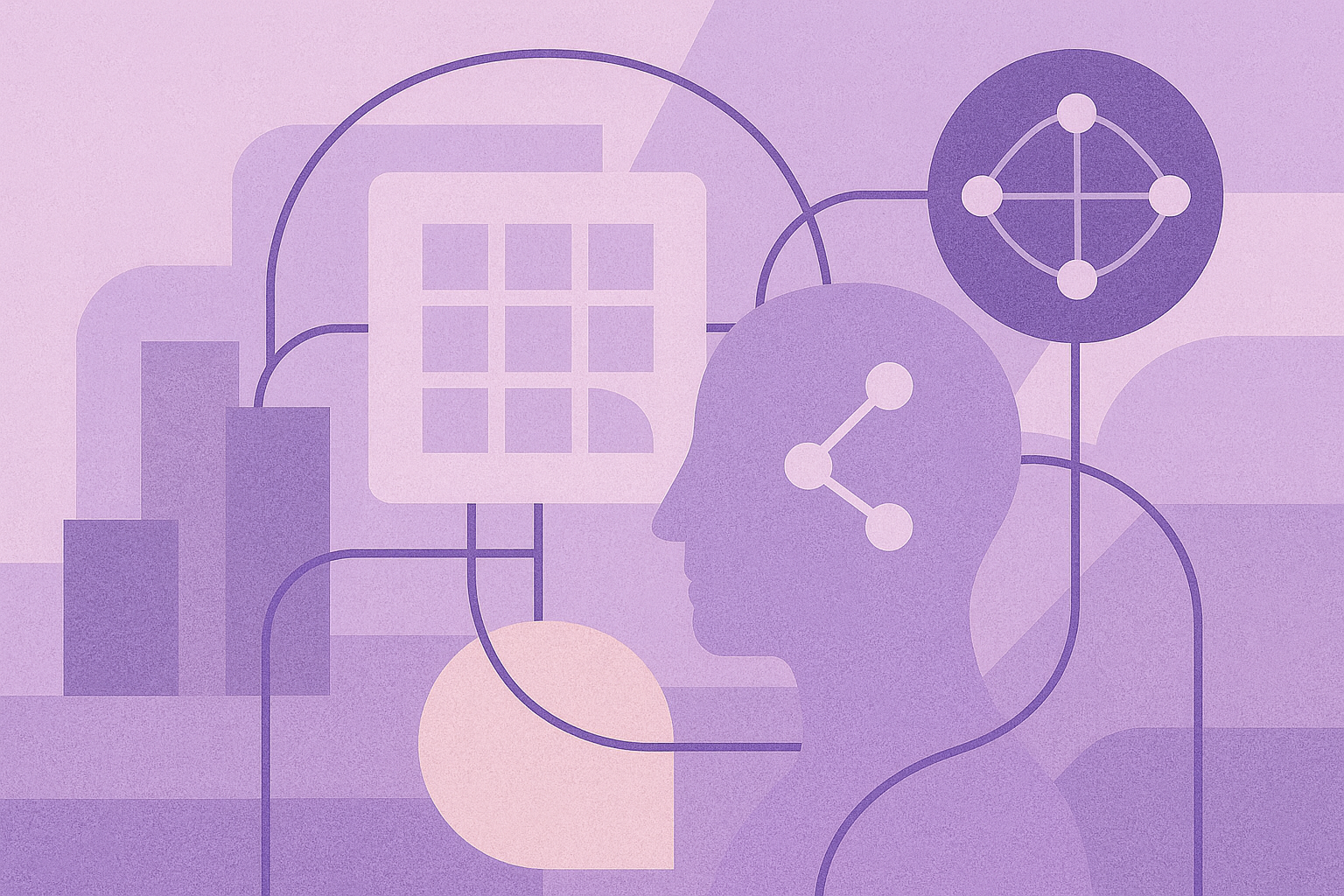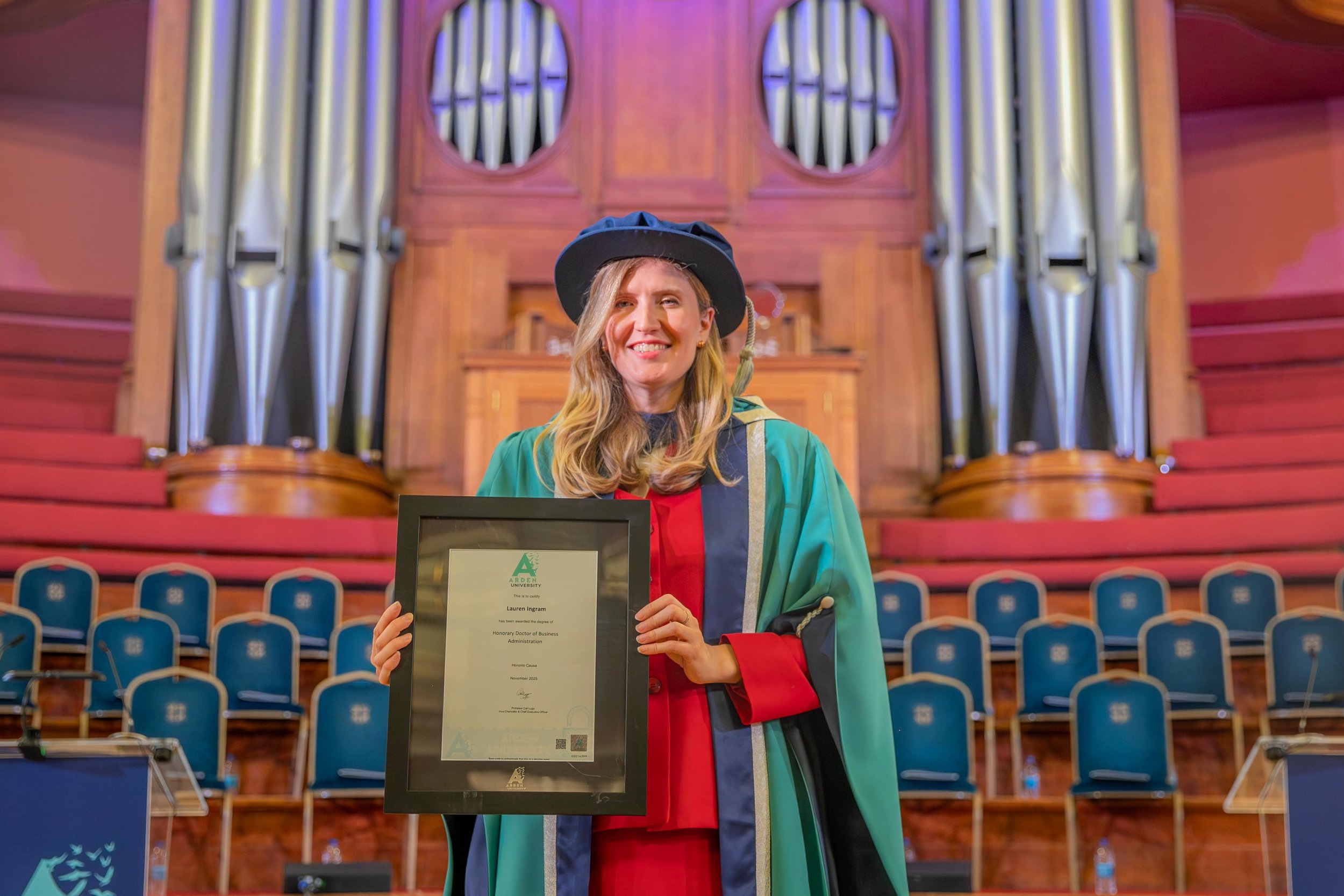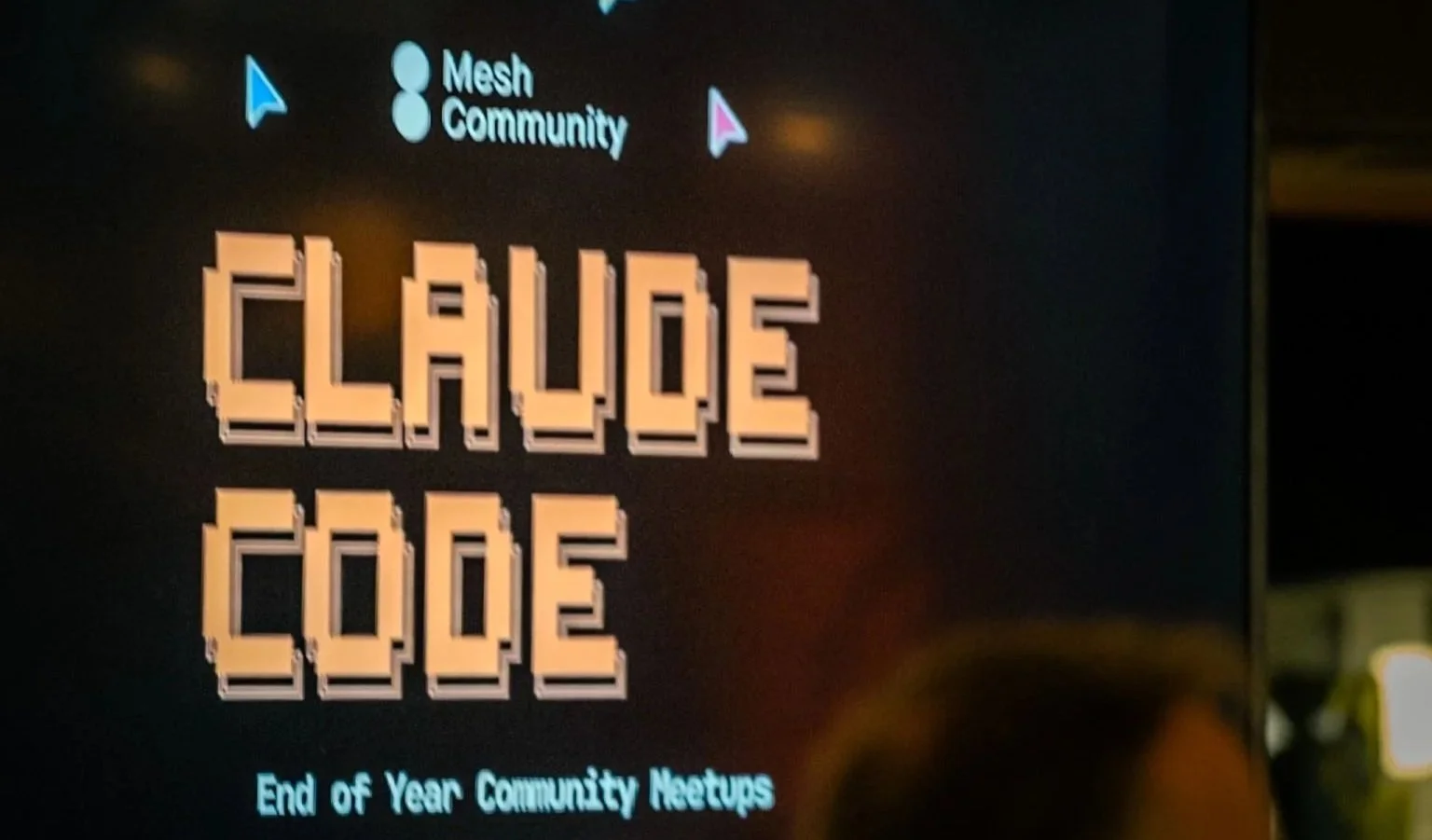Cintana, ASU, and AWS partner on student-built agentic AI tools for global higher education
Cintana Education, Arizona State University, and Amazon Web Services have launched a global collaboration to develop open-source agentic AI tools designed to improve student engagement, tutoring, and recruitment across universities.
Cintana Education has announced a new collaboration with Arizona State University and Amazon Web Services to create and deploy open-source agentic AI tools for higher education. The initiative focuses on developing AI systems that expand access, support students, and help universities innovate at scale.
Cintana works with universities worldwide on academic and operational transformation. Arizona State University is a U.S. public research university that runs the AI Cloud Innovation Center, and Amazon Web Services provides global cloud infrastructure for AI and data applications.
The collaboration combines AWS’s cloud technology, ASU’s academic expertise, and Cintana’s global university network of 33 partner institutions across 28 countries to design scalable AI tools that can be implemented internationally.
The initiative centers on student developers who work under the guidance of ASU faculty and AWS cloud specialists. The student teams are designing, building, and testing tools that aim to make higher education more accessible and personalized.
The first prototype is an agentic AI admissions assistant, designed to help prospective students navigate the application process and improve communication between universities and applicants.
Shristi Pathak, an ASU graduate student and member of the AI Cloud Innovation Center, says: “As a student myself, I’ve felt very connected to this project from the start. We're designing the AI system to walk alongside students through their application process.”
The collaboration is also developing autonomous tutoring agents that deliver curriculum-aligned academic support in multiple languages, helping institutions offer personalized learning experiences regardless of their scale or location.
Initial pilots will launch at ASU–Cintana Alliance universities in the Philippines and Ecuador, with plans to expand across the wider network of more than 330,000 students.
Cintana Chief Technology Officer Emiliano Diez says: “One of the most powerful assets in this collaboration is our ability to test and refine AI solutions across a truly global learning ecosystem. Few in higher education have access to such diversity of institutions, student populations, and local challenges. This live, multinational testbed allows us to accelerate learning cycles, adapt tools for real-world use, and ensure that innovation is not just scalable but inclusive and relevant across geographies.”
A new AI-powered sandbox environment will allow universities across the alliance to co-develop and test features in real time. The shared setup is designed to improve iteration speed and promote cross-border collaboration while making advanced AI tools available to institutions in emerging markets.
AWS focuses on responsible and scalable AI
Amazon Web Services says the partnership reflects its broader commitment to advancing responsible AI use in education.
Valerie Singer, General Manager of Global Education at AWS, says: “At AWS, we're committed to transforming education through innovative technology solutions, and this collaboration with Cintana Education and Arizona State University represents a step forward in leveraging AI-powered tools to enhance student success. By developing agentic AI solutions for higher education with student technologists, we're helping institutions worldwide create more personalized and engaging learning environments for quality education through technology.”
Beyond product development, the partners plan to host open-source innovation sprints and publish shared resources on the use of agentic AI in education. The goal is to promote responsible adoption and data security while ensuring broad access to new technology.
Diez says: “Artificial intelligence has unlocked a new era of rapid innovation in higher education, one where access to advanced tools is no longer a privilege of the few. By deploying practical, AI-powered solutions at scale, we are helping our university partners leapfrog traditional barriers, improve student outcomes, and expand access to quality education globally. This is not just about adopting new technologies; it’s about reimagining what is possible for learners everywhere.”
























